35 years – a journey of will and solidarity
Speaking at the press conference in response to 35 years of Vietnam's response to HIV/AIDS, the National Action Month for HIV/AIDS Prevention and Control and World AIDS Day 2025, organized by the Department of Disease Prevention on the morning of November 25, 2025, Dr. Nguyen Luong Tam, Deputy Director of the Department of Disease Prevention, Ministry of Health said: 2025 marks a particularly important milestone in Vietnam's 35-year journey of responding to HIV/AIDS - a journey filled with persistent efforts, concerns, sacrifices and very proud achievements.
From the early days of facing the pandemic full of confusion and shortages, to today, together we have built a solid, humane and effective HIV/AIDS prevention and control program, recognized by the international community.
Dr. Nguyen Luong Tam, Deputy Director of the Department of Disease Prevention, spoke at the press conference.
Many important strategies have been implemented synchronously over the past three and a half decades, such as: Expanding testing services, providing free ARV treatment, implementing Methadone addiction treatment, expanding PrEP, diversifying models of access to risk groups, promoting digital transformation in epidemic management. These achievements not only have medical significance but also demonstrate the steadfastness of the political system, sectors, social organizations and the people affected by HIV.
This year’s theme – “ Unity is strength – Together we can end AIDS” – is not only a communication slogan but also a profound reminder of the core values that have made all our achievements over the past 35 years. That is the strength of solidarity, the spirit of solidarity, shared responsibility and close cooperation between individuals, communities and the whole society.
HIV/AIDS epidemic developments - new challenges emerge
Dr. Nguyen Luong Tam said that despite many advances, the HIV/AIDS epidemic situation in Vietnam in recent years has continued to change in a complicated direction:
- The epidemic is concentrated in urban and economically dynamic areas: In 2024, more than 68% of new HIV cases were recorded in the following regions: Mekong Delta, Southeast and Ho Chi Minh City... These are areas with high population density, large mobility and many social factors that create conditions for risky behaviors to appear.
- Sexual transmission is predominant: Sexual transmission of HIV continues to account for over 80%, indicating a clear shift in the epidemic from the previous period, when injecting drug use was the main route of transmission. This trend also requires changes in communication, counseling and intervention measures appropriate to safe sexual behavior.
HIV infection data in Vietnam.
- Rejuvenating the age of new HIV infections: The 15-29 age group accounts for a large proportion of new infections, and more than 80% of newly diagnosed HIV infections are men. In particular, HIV infection rates among men who have sex with men (MSM) and transgender people are increasing significantly.
- Increase in HIV among MSM and transgender people: HIV infection rates among men who have sex with men (MSM) and transgender people continue to rise. This group faces many barriers in accessing health services due to stigma and lack of appropriate information. The trend of "chemsex", using synthetic drugs during sex, or having group sex is causing the epidemic to spread more rapidly among this group.
- Infections in non-key provinces begin to increase: In addition to major cities, the trend of the epidemic spreading to many provinces that were not previously key is also appearing. This shows that HIV/AIDS is no longer geographically concentrated but is more widely dispersed and more difficult to control.
Positive results from constant efforts
Faced with new developments of the epidemic, Vietnam has made many important strides in HIV/AIDS prevention and treatment:
- More than 2 million HIV tests performed: Early HIV testing is key to cutting off transmission and effective treatment. Expanding testing services has contributed to early detection of new infections, especially in high-risk groups.
- ARV treatment management for more than 176,000 patients: ARV treatment helps infected people live healthy lives and reduces the risk of HIV transmission to almost zero when the viral load is below the detection threshold. Vietnam has achieved a high treatment coverage rate compared to the region.
- Maintaining effective methadone treatment for more than 46,500 people: The multi-day methadone dispensing model has been expanded, making it more convenient for patients and reducing the burden of travel, especially in remote areas.
- Expanding PrEP – an effective shield for high-risk people : PrEP continues to be deployed in many provinces and cities, helping high-risk people reduce their chances of contracting HIV by more than 90%. This is one of the most advanced and effective prevention techniques today.
- Digital transformation promotes modern epidemic management: The HIV-INFO and HMED management systems have been deployed nationwide, contributing to data modernization, helping to monitor, supervise and forecast the epidemic more accurately.
There are still many challenges to overcome.
According to Dr. Nguyen Luong Tam, despite achieving many important results, Vietnam still faces some major difficulties such as: Stigma and discrimination still exist, making many people afraid to get tested or treated. High-risk groups are difficult to reach due to psychological barriers, geographical distance or fear of being detected. New risky behaviors such as "chemsex" require more appropriate communication and intervention measures. Financial resources for HIV/AIDS programs show signs of narrowing as international aid decreases. Accordingly, The role of the press becomes even more important.
Dr. Nguyen Luong Tam called on press agencies to continue promoting their role in propaganda and raising awareness for the community: Reporting and writing articles about the message "Unity is strength - Joining hands to end the AIDS epidemic" to raise public awareness; writing humane articles and reports about the stories of people living with HIV and people in high-risk groups to help the public understand and sympathize more, thereby reducing stigma and discrimination; conveying knowledge about HIV/AIDS prevention and control such as the importance of early testing, ARV treatment, PrEP use, and HIV infection prevention measures.
In addition, introduce HIV/AIDS prevention and control programs and services such as methadone distribution, free testing, or PrEP delivery points for easy access by people; commend successful models, outstanding individuals and organizations in 35 years of HIV/AIDS prevention and control...
For Vietnam to achieve the goal of ending the AIDS epidemic by 2030, not only the health sector but the whole society must act together. The press, the community, social organizations, risk groups – everyone is an important part of this common effort, Dr. Nguyen Luong Tam emphasized.
Readers can see more:
Source: https://suckhoedoisong.vn/doan-ket-la-suc-manh-35-nam-viet-nam-kien-tri-ung-pho-hiv-aids-va-quyet-tam-cham-dut-dich-vao-nam-2030-169251125141622516.htm



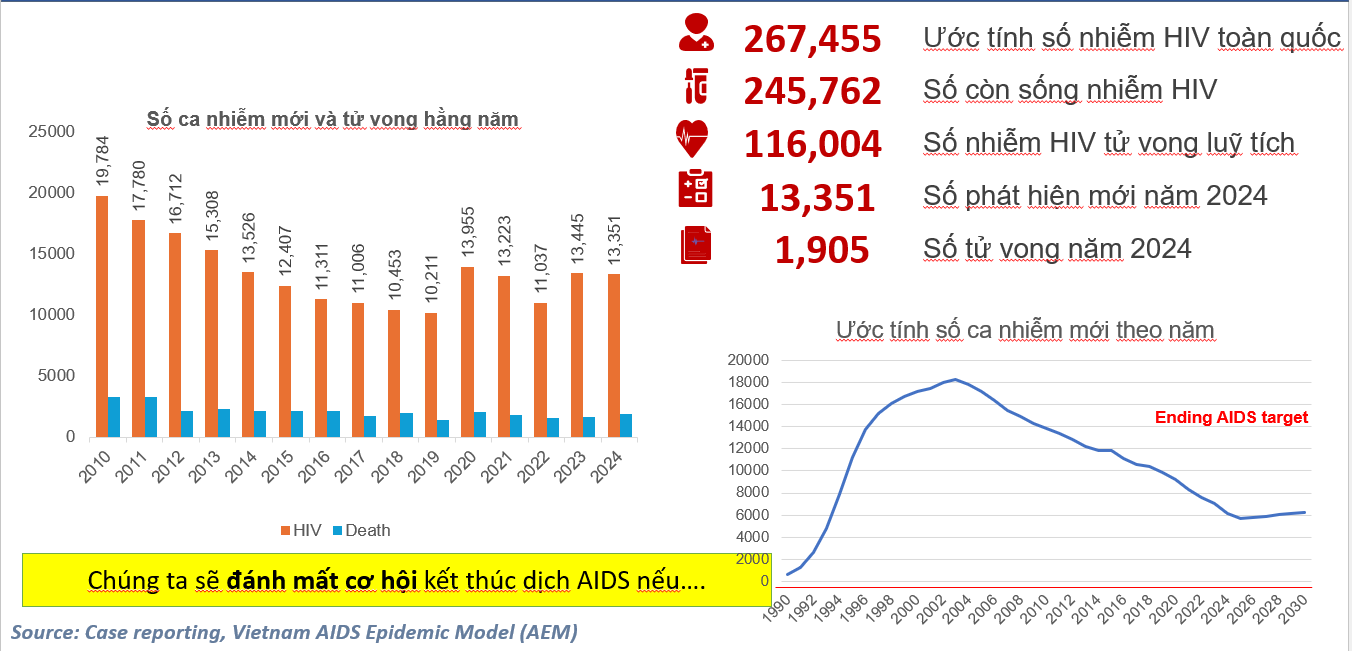
![[Photo] VinUni students' emotions are sublimated with "Homeland in the Heart: The Concert Film"](/_next/image?url=https%3A%2F%2Fvphoto.vietnam.vn%2Fthumb%2F1200x675%2Fvietnam%2Fresource%2FIMAGE%2F2025%2F11%2F26%2F1764174931822_10-3878-jpg.webp&w=3840&q=75)



![[Photo] Close-up of heavy damage at the school located on the banks of the Ban Thach River](/_next/image?url=https%3A%2F%2Fvphoto.vietnam.vn%2Fthumb%2F1200x675%2Fvietnam%2Fresource%2FIMAGE%2F2025%2F11%2F26%2F1764152130492_ndo_bl_img-8188-8805-jpg.webp&w=3840&q=75)













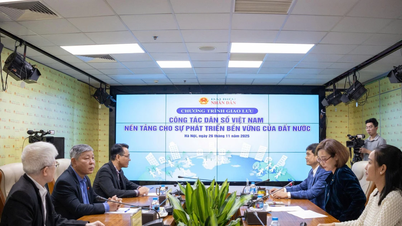






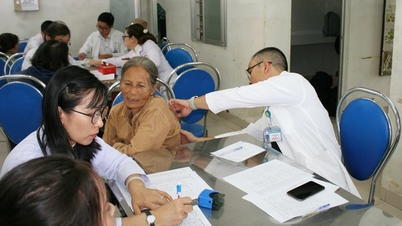


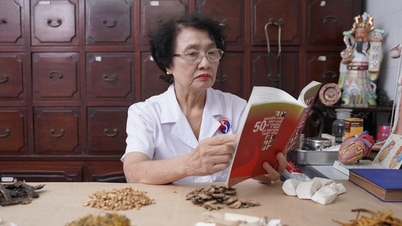
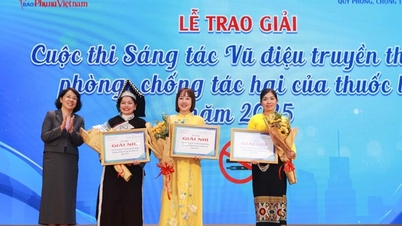

























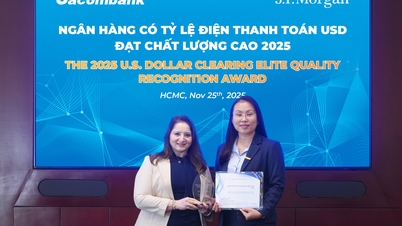

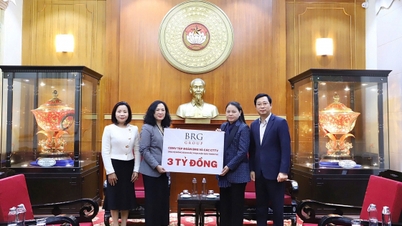











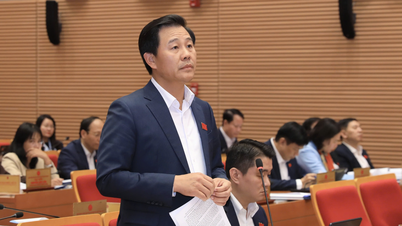
![[Photo] Opening of the 28th Session of the Hanoi People's Council](https://vphoto.vietnam.vn/thumb/402x226/vietnam/resource/IMAGE/2025/11/26/1764155991133_image.jpeg)












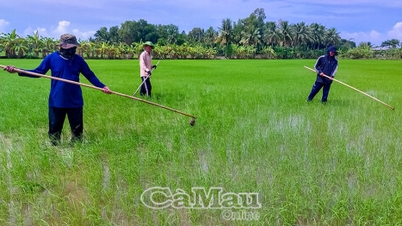




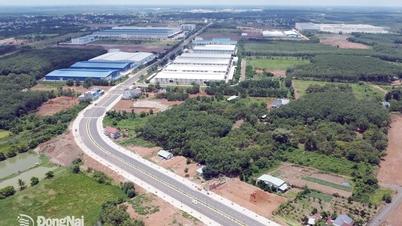
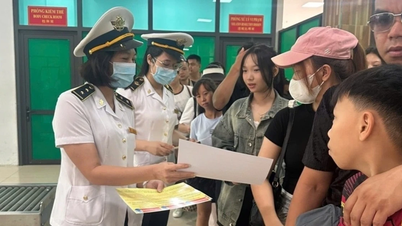














Comment (0)